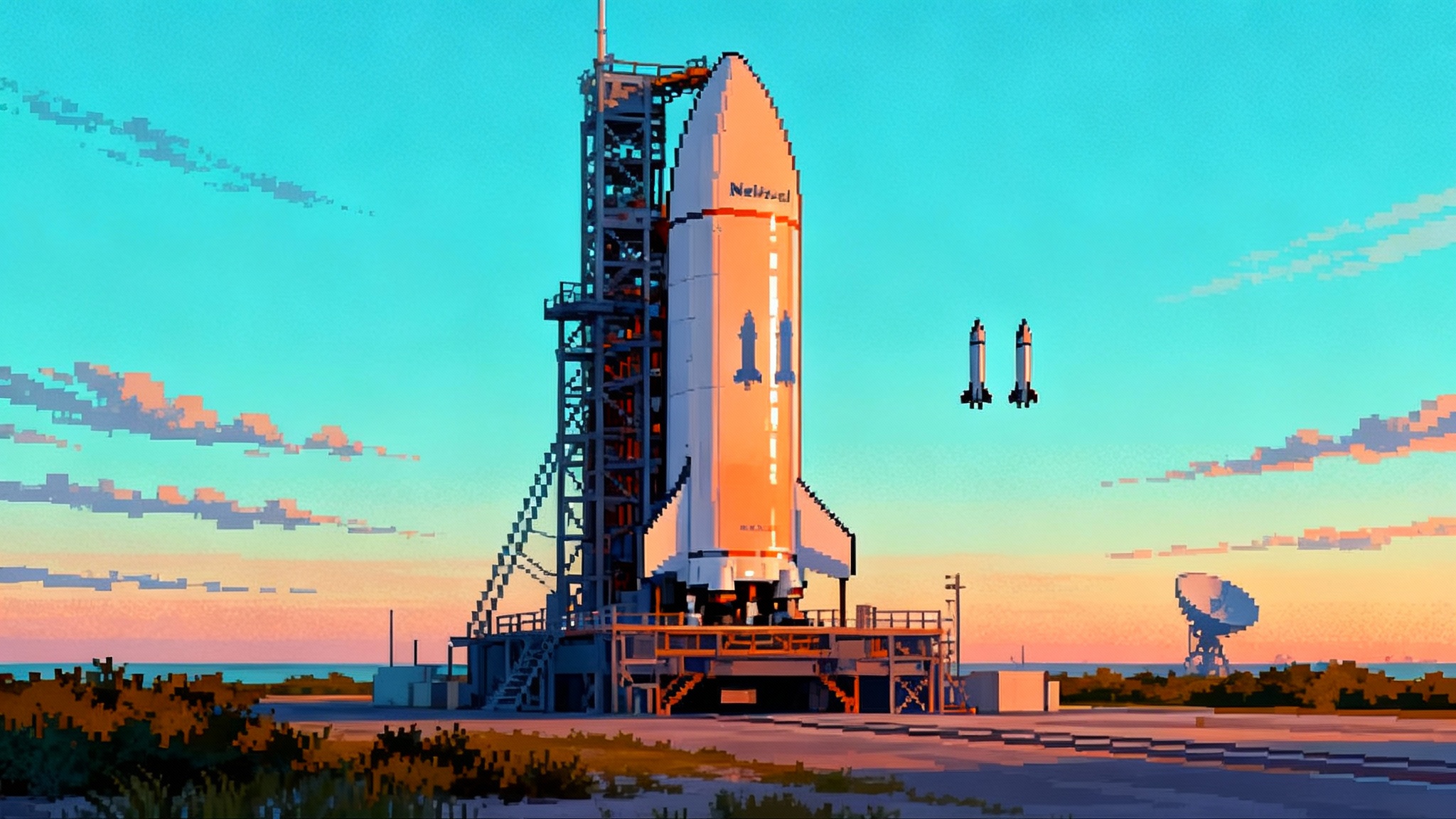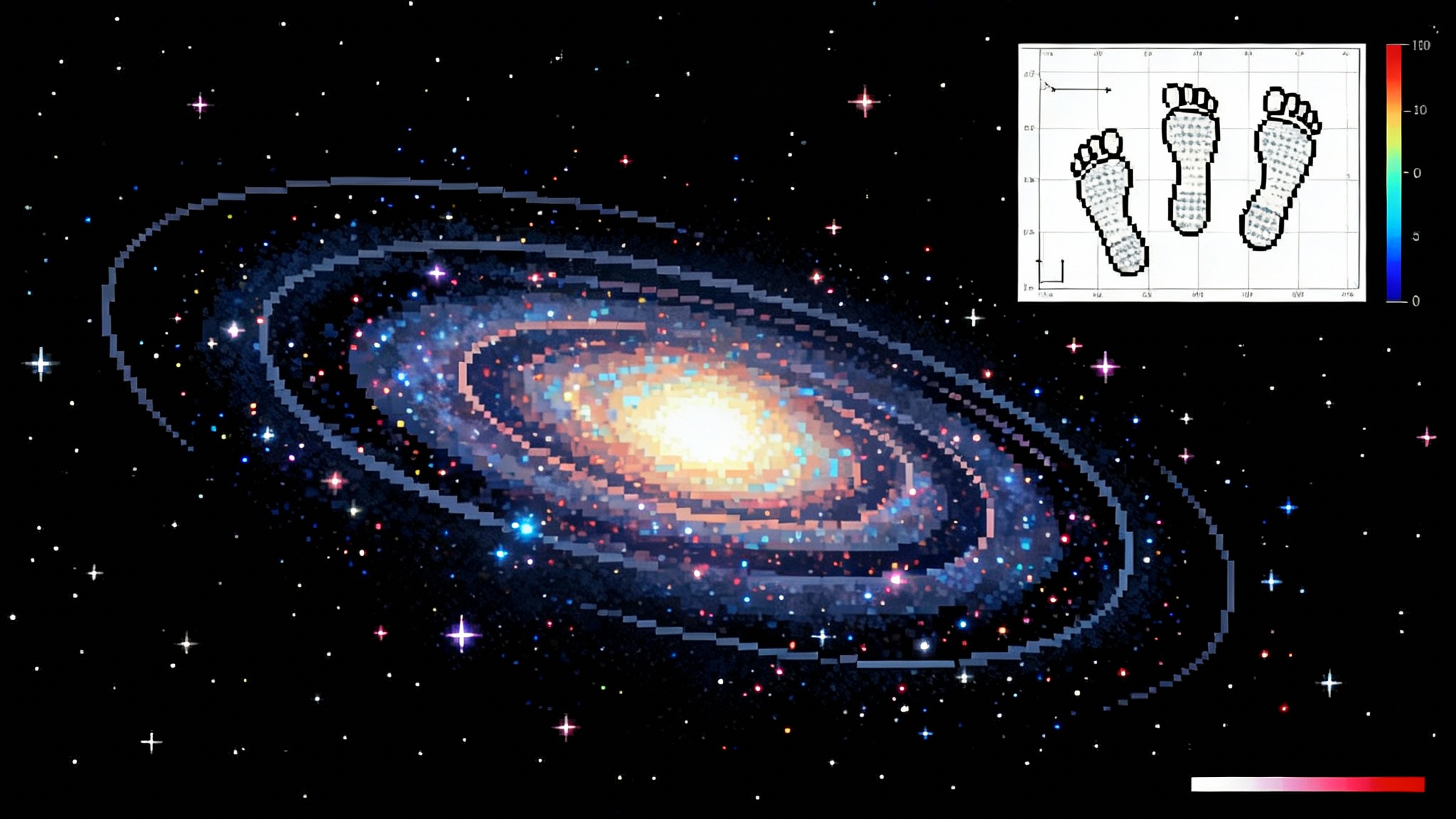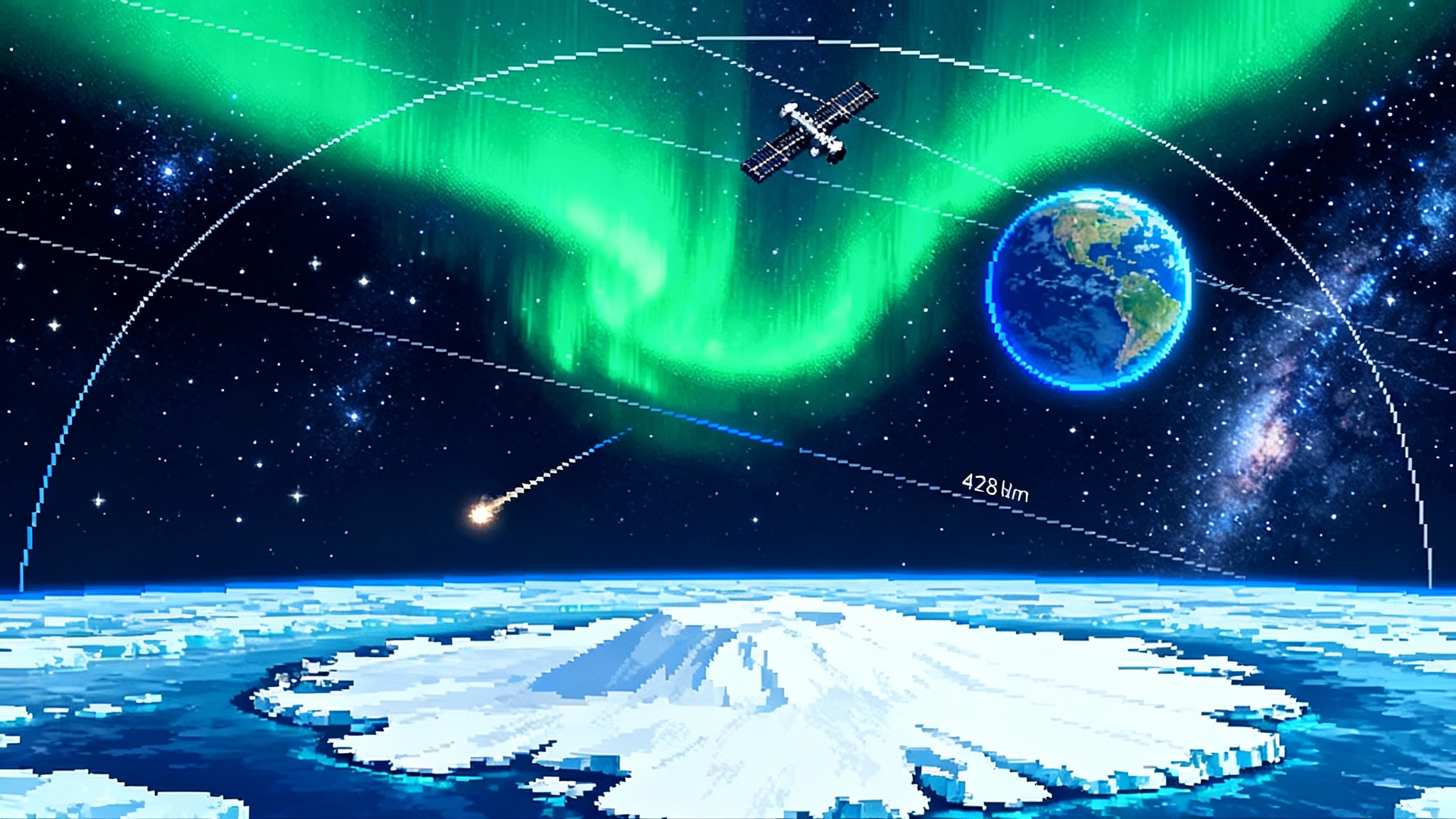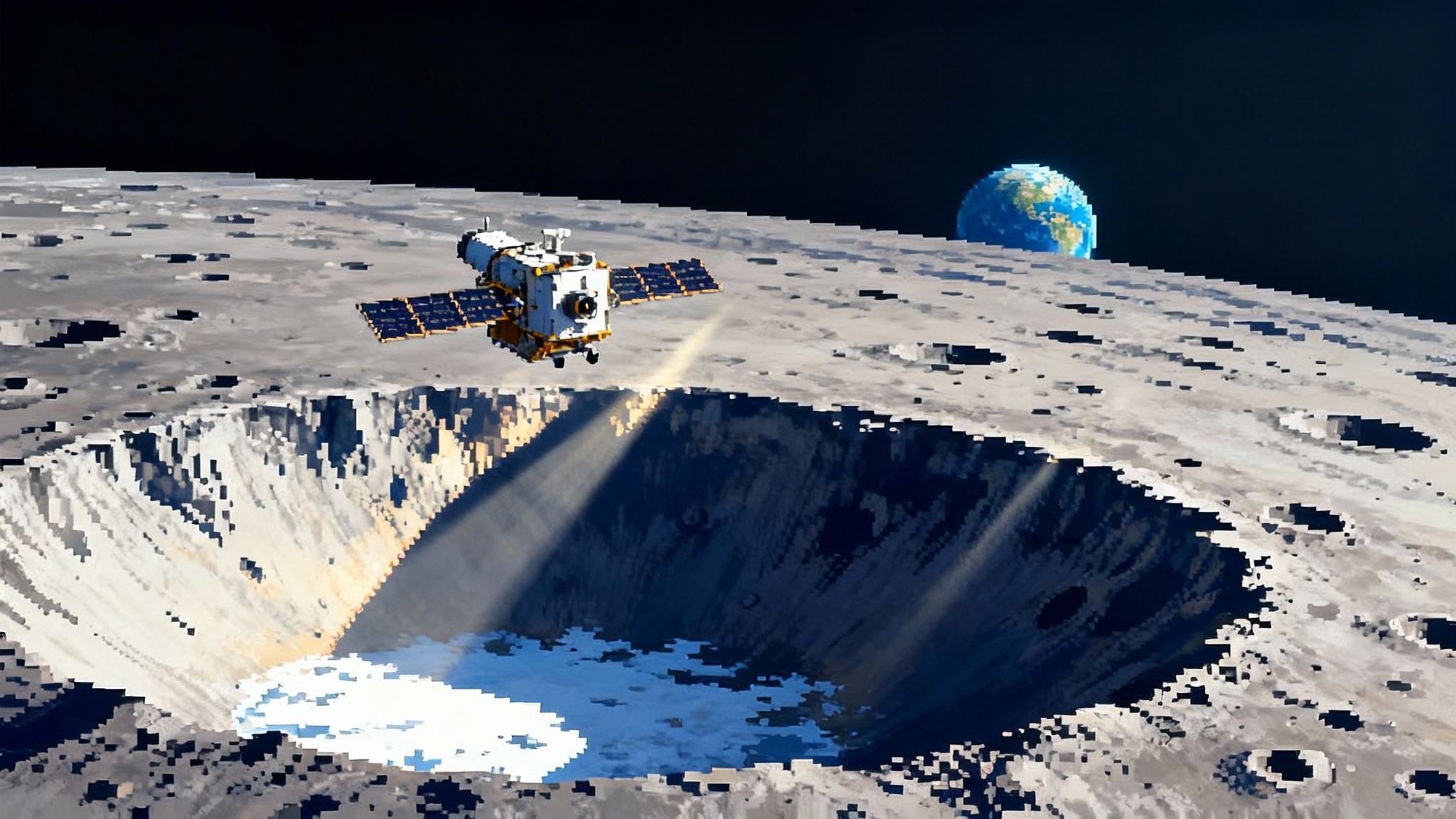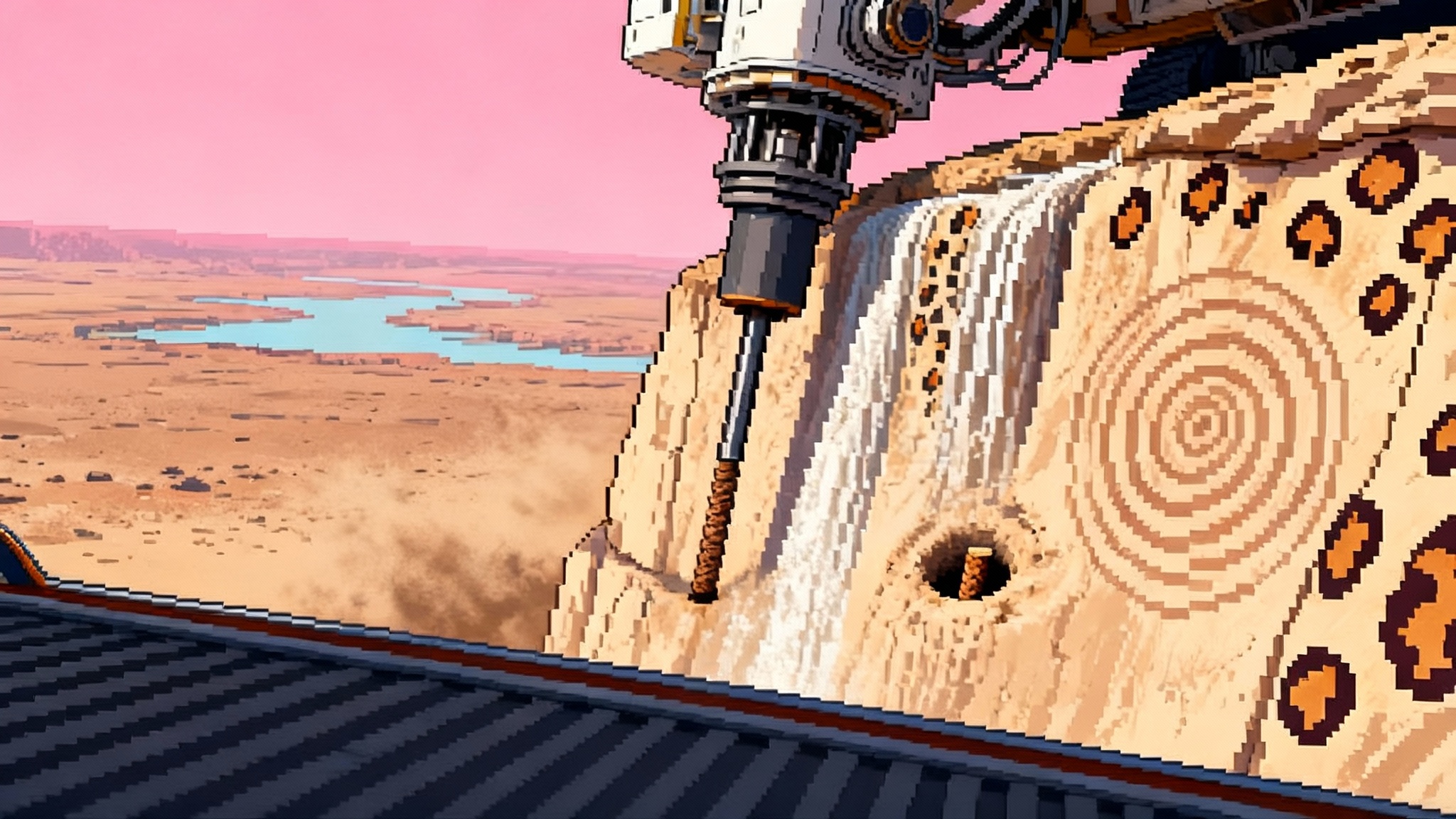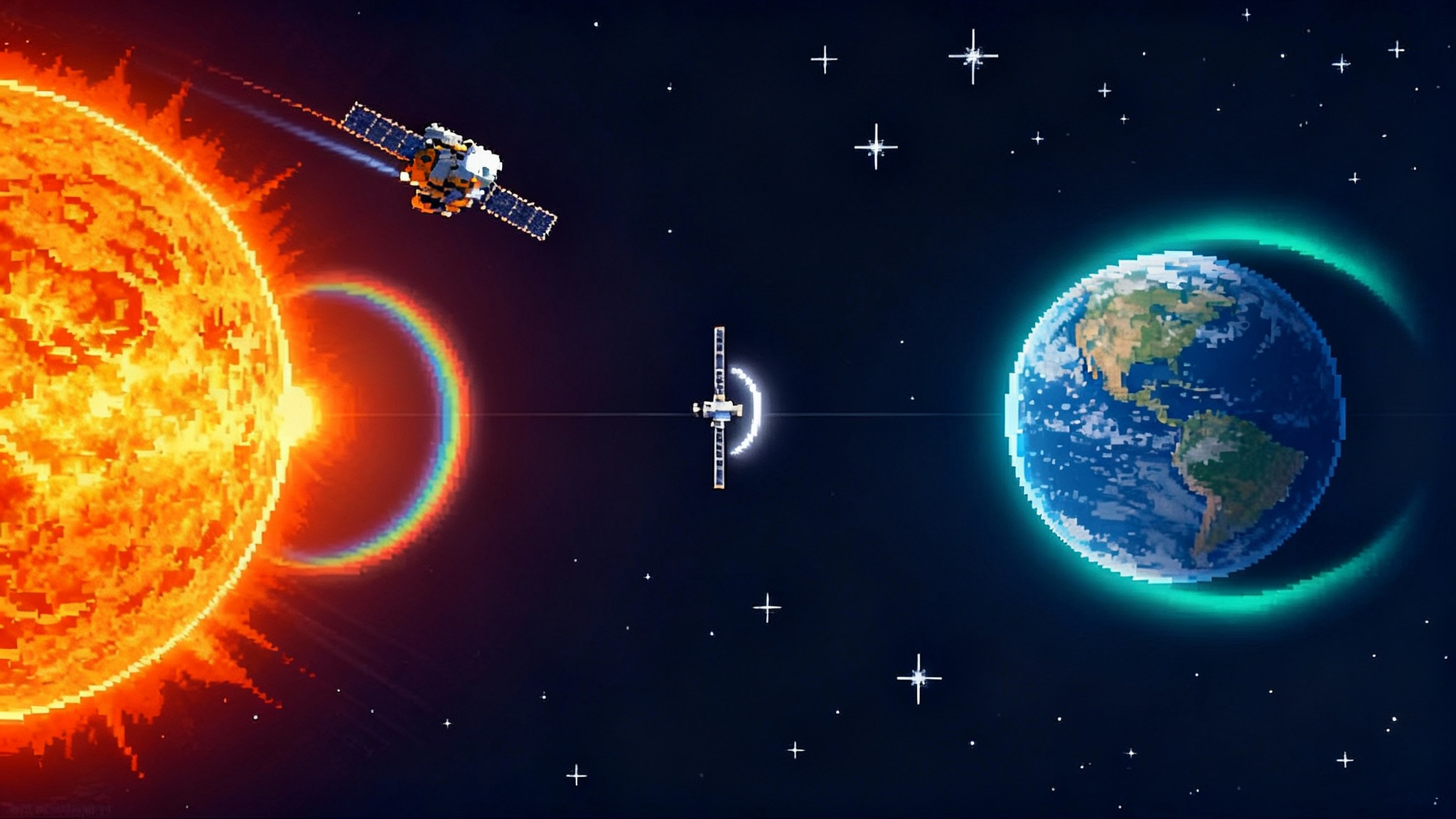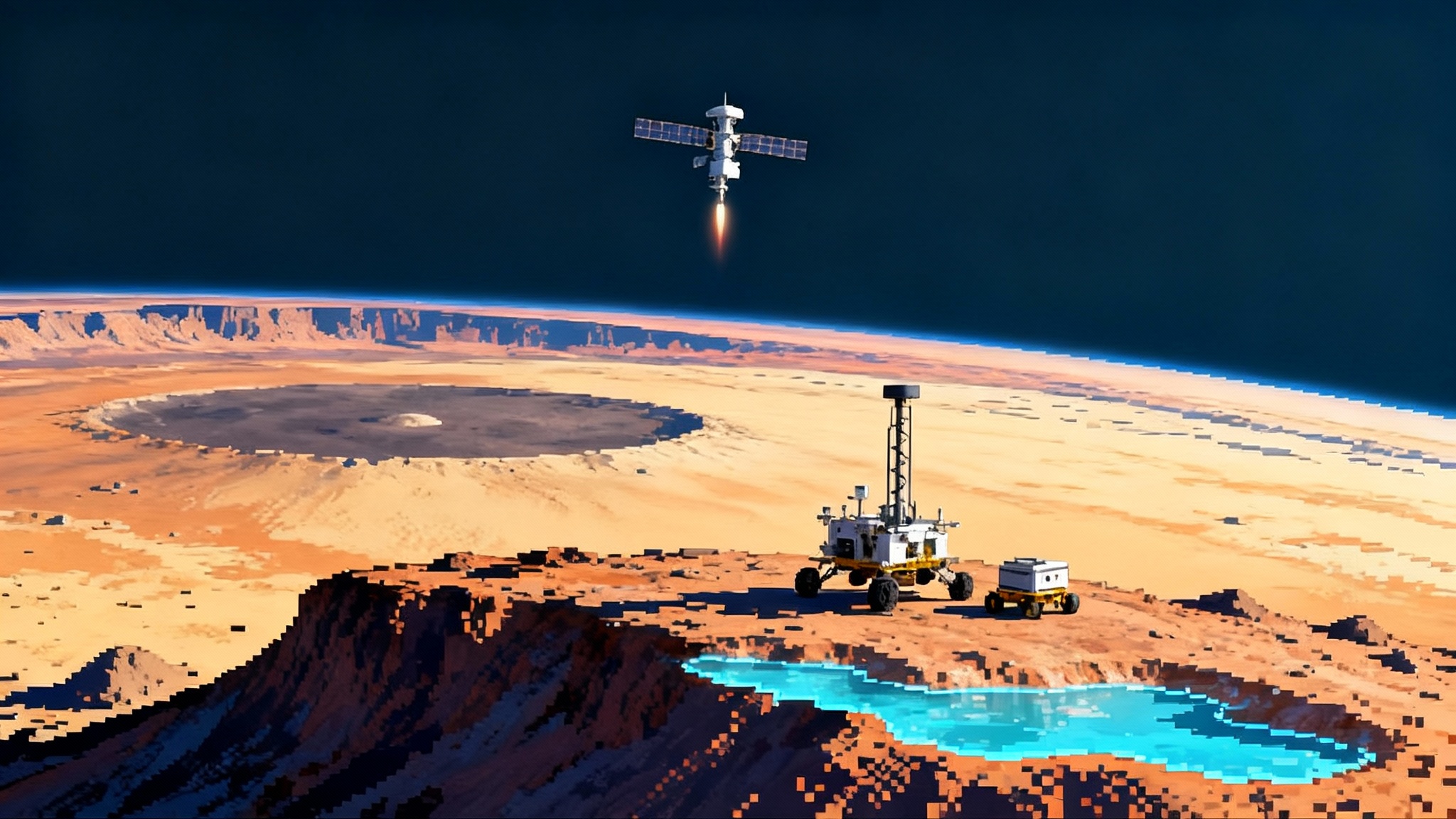Rubin’s First Images Ignite the Real-Time Sky Movie Era
With first images now public, Rubin Observatory shifts from construction to action. Over the next decade, its rapid all-sky cadence will speed near-Earth asteroid discovery and turn fleeting cosmic events into same-day science.
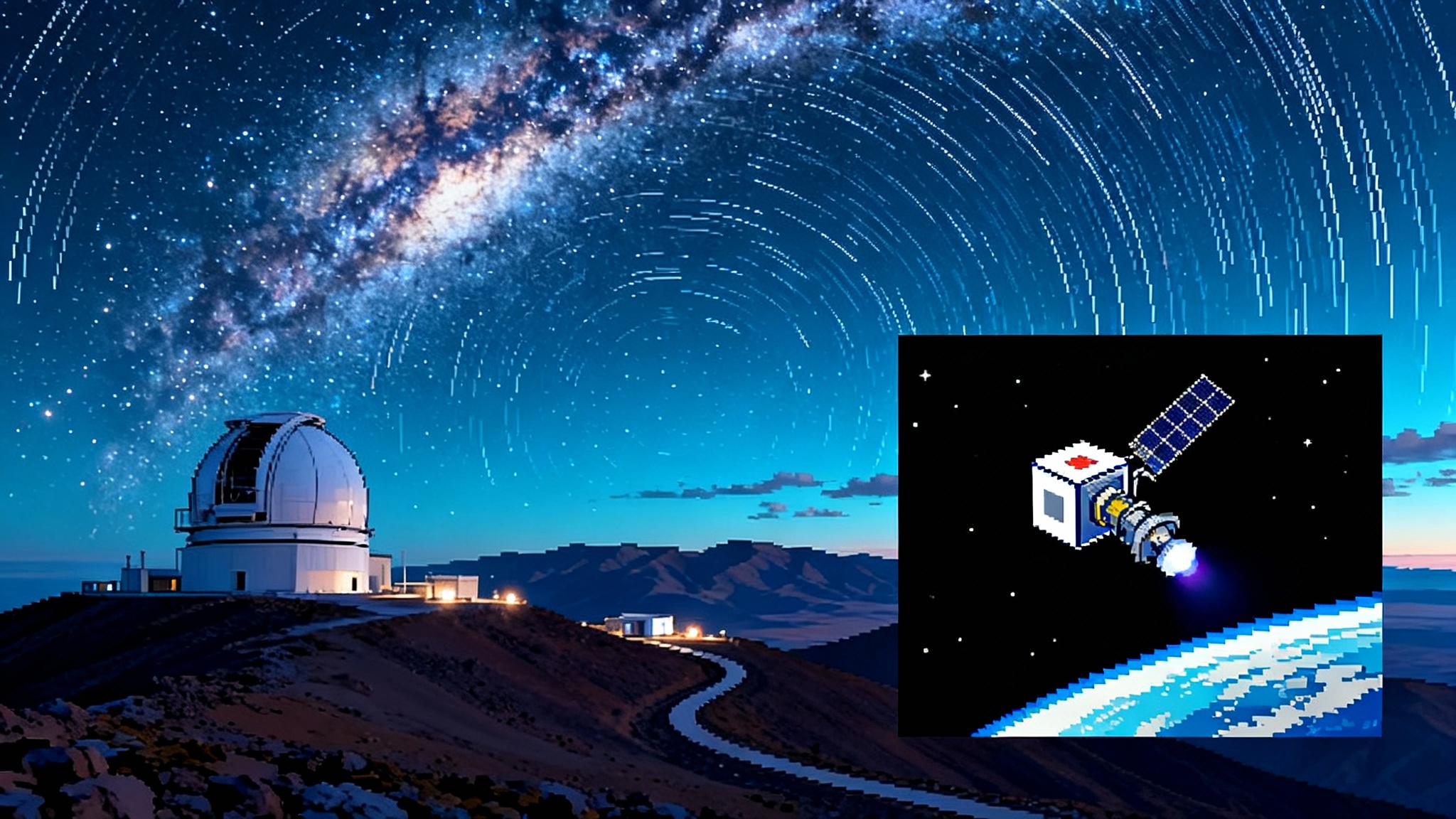
The night the sky started moving
On June 23, 2025, the first images from the U.S. National Science Foundation and Department of Energy’s Vera C. Rubin Observatory landed like opening frames of a long-awaited film. The facility’s debut imagery, unveiled at a Washington event and streamed worldwide, offered a small but startling preview of what an ultra-wide, ultra-fast survey telescope can do when it watches everything, all the time. If you want a single source to mark the transition from construction to sky, this is it: NSF and DOE first imagery announcement.
First light is not just a milestone. It is the handshake between hardware and the universe. For Rubin, that handshake came with an 8.4 meter telescope, a 3,200 megapixel camera, and a carefully choreographed dance of mirrors and software. In test observations measured in hours, the observatory captured rich views of nebulae, galaxy clusters, and a thicket of solar system objects. But the real story is about time, not snapshots. Rubin is designed to rescan the sky every few nights, then do it again and again for ten years, creating the closest thing astronomy has ever had to a motion picture of the entire accessible sky. For a complementary deep-field perspective, see Euclid's deep fields live map.
From first light to first alerts
Pictures made headlines. Alerts will change behavior. Rubin’s survey, the Legacy Survey of Space and Time, is built to spot anything that shifts in brightness or position, then push an alert packet out fast enough for other instruments to react while the action is still unfolding.
Here is the cadence in plain terms:
- Look quickly and often. The telescope will revisit the same fields on a cadence of days, building a living baseline for how the sky normally looks.
- Subtract yesterday from today. Each new visit is compared with template images to isolate what changed.
- Ship an alert within a minute. An alert packet includes coordinates, measurements, and postage-stamp cutouts so a follow-up telescope knows exactly where to look and what to expect.
Because the survey is starting from a clean slate, there is a pragmatic ramp. Templates need to be built across the sky before alerts can be complete everywhere. Operations updates indicate a near-live alert phase around the survey start, with a swift ramp to live alert production as more templates accumulate in the first season. Expect the first months to feel like opening day in a new airport: the runways are ready, planes are taking off, and more gates are opening each week.
That is where the broker ecosystem comes in. Community brokers such as ANTARES in the United States, ALeRCE in Chile, Lasair in the United Kingdom, and Fink in Europe are purpose-built to ingest Rubin’s torrent of alerts, cross-match them with catalogs, and triage what matters. Think of the brokers as skilled editors for an overwhelming newswire. They do the initial sorting so scientists, students, and citizen observers can subscribe to just the things they care about, from newborn supernovae to slow creepers that might be asteroids.
A turbo boost for near-Earth asteroid discovery
Rubin’s heartbeat will be especially potent for planetary defense. Near-Earth asteroids are hard targets. Many are small, many are dark, some approach from the direction of the Sun, and virtually all are moving. Historically, a new object could take days of follow-up to confirm. Rubin’s cadence and software will compress that cycle. For a recent wake-up call, revisit the asteroid that slipped under our satellites.
Here is what a same-day asteroid story can look like once survey operations ramp:
- Night shift at Rubin. Two images of a field, separated by minutes, reveal a faint dot that shifts by just enough pixels to stand out after image subtraction. That detection becomes a candidate moving source.
- Early morning linking. Software associates multiple detections into a short arc and computes a preliminary motion. In many cases, the system can suggest follow-up pointings before sunrise based on where the object is predicted to be next.
- Brokers broadcast. An alert packet, flagged as a moving object, lands in the broker streams. Automated filters used by university telescopes, amateur networks, and professional facilities pick it up.
- Confirmation on small telescopes. Thirty minutes after sunrise in Chile is nighttime in Hawaii or South Africa. Small to medium telescopes gather more points on the object’s track, strengthening the orbit solution.
- Rapid characterization. Colors from multi-filter imaging suggest whether the surface is darker or brighter than average. If radar is available later that day from Goldstone in California, a quick campaign may refine size and rotation.
By dinner in the United States, what started as two faint smudges can be a new cataloged object with a preliminary orbit and clues to its physical properties.
Rubin is powerful because it does not have to choose a single target. It watches huge swaths of sky, so the survey can find many new asteroids each clear night while also tracking known ones to sharpen their paths. Over the decade, that steady drumbeat will expand the inventory of near-Earth objects, push the size threshold downward, and increase warning times for the ones that matter.
Space infrared will finish the sentence
Rubin will find asteroids in visible light. To know how big they really are, you want their heat. That is the job of NASA’s Near-Earth Object Surveyor, a dedicated infrared space telescope targeted to launch no earlier than late 2027. NASA has already booked its ride to space on a Falcon 9 and confirmed the plan publicly in early 2025, a useful marker of program maturity for a mission that has been through several reviews since its inception. For a clear status snapshot, see NASA’s NASA launch services contract for NEO Surveyor.
Here is why pairing Rubin and NEO Surveyor is a force multiplier:
- Discovery plus diameter. Visible light measures reflected sunlight. Infrared measures heat. Put them together and you can separate a small bright rock from a large dark one. That turns a runway-length guess into a block-by-block estimate.
- Coverage and cadence. Rubin finds many objects quickly and revisits them often. NEO Surveyor will stare in infrared where ground-based scopes struggle, including toward the Sun where some arrival paths hide. Rubin’s nightly stream feeds a target list. NEO Surveyor refines risk.
- The clock. When an object is new, every hour counts. Rubin’s early detections tighten the orbit. NEO Surveyor’s thermal data locks down size and surface properties. If something looks uncomfortably close in a few decades, decision makers will want both datasets before they choose a next action.
Rapid-follow smallsats and nimble networks
Ten years ago, a faint cosmic flare might linger unstudied while it crawled through email lists. Today, it can set off a chain reaction in minutes. Smallsats have a lot to do with this shift. They are cheaper to build, faster to launch, and increasingly specialized for time-critical astrophysics.
- In X-rays, the Chinese Academy of Sciences’ Einstein Probe, launched in 2024, has been catching fast transients and broadcasting localizations that other observatories can chase. Its wide-field camera is essentially an early warning system for explosive events.
- In the ultraviolet, ULTRASAT, led by the Weizmann Institute of Science with NASA as a partner, is planned to launch in the mid 2020s with a huge field of view. It is designed to see the early, hot light from things like neutron star mergers and the first hours of supernovae.
- Europe has been advancing miniature constellations for high-energy alerts, such as the HERMES Pathfinder CubeSats aimed at triangulating gamma-ray bursts.
None of these fly the same playbook as Rubin, and that is the point. Rubin watches much of the sky at once and asks what changed. Smallsats and specialized space telescopes can swivel to interrogate the most interesting changes at wavelengths the ground cannot reach. Pair the two and the time from discovery to insight shrinks from days to hours.
From a single alert to same-day science
Imagine a Tuesday in November. Rubin’s brokers flag a slow mover near the galactic bulge, just bright enough to be interesting. An automated watchlist at a midlatitude university telescope picks it up and schedules exposures for local dusk. The first follow-ups confirm a coherent track and a rotation period of a few hours. The object looks unusually dark in color. Overnight, a radar team slots a short campaign for the next pass over California, adding a tentative size estimate. By Wednesday afternoon, a thermal modeler posts a preliminary diameter range and suggests a likely composition. Within 36 hours of discovery, the object moves from anonymous dot to a characterized minor planet with a name seed, early shape hints, and a low probability of ever coming close enough to worry about.
On the other side of the same day, Einstein Probe issues an X-ray alert that arrives in the same broker environment. Rubin’s next visit to the field shows a new point of light. A nearby small telescope with a low-resolution spectrograph jumps on it, confirming a young supernova. If ULTRASAT is operating by then, its ultraviolet view of the early hours can reveal whether the star exploded with a companion nearby or produced a flash from shock breakout. A week later, the community has a multiwavelength movie of the first days of a star’s death, all because the first minutes were not lost.
What changes for scientists right now
- Prepare filters, not just telescopes. The scarce resource in a world with millions of nightly alerts is attention. Design broker filters for the science you want. That means deciding up front which coordinates, colors, light curve shapes, and proper motions deserve an automatic trigger.
- Practice with precursor streams. Brokers already serve alert data from other surveys, which are close cousins of what Rubin will produce. Use those to debug your pipelines, permissions, and playbooks.
- Automate your handoffs. If your group relies on a second facility for spectroscopy or radar, treat scheduling like code. Build scripts and checklists so a confirmed alert can become an observation request without human delays.
What changes for the rest of us
For planetary defense, better discovery cadence becomes better early warning. Longer lead times turn scary headlines into manageable engineering problems. For education, Rubin’s data previews and citizen science projects will invite students into real discoveries at the pace of the nightly survey. For cities and companies, the time-domain mindset carries over. If your work involves changing conditions and high-volume data, Rubin is a master class in living with the stream rather than resisting it. We explored a similar time-critical model in solar radar era begins.
The first season playbook
The next few months matter. Templates will roll out field by field. Near-live alerts will turn into live alerts as coverage fills in. If you want to be ready for the science windfall, these are the practical steps:
- Build a watchlist now. Decide on sky regions, motion ranges, and magnitude limits that fit your telescope and science interest. Preload them into your broker filters.
- Test on real nights. Set aside a few nights per month to run your full chain on whatever the brokers serve, even if the targets are not perfect. Treat every misfire as a gift of early debugging.
- Pre-plan overlap with space assets. If your work benefits from infrared sizing, get familiar with NEO Surveyor data formats and delivery plans. If your science uses ultraviolet or X-ray triggers, line up your subscriptions and scripts.
- Share what works. Publish your filter recipes and response checklists. The brokers thrive when the community finds and fixes corner cases together.
The deeper implication of a sky that moves
Rubin’s most radical idea is not hardware. It is the quiet insistence that the way to understand a complex universe is to keep looking, and to share what you find fast. Ten years of cadence will not just expand catalogs. It will reshape habits. We will stop thinking of discovery as a sequence of ownership and start treating it as a relay. The moment an event is spotted, the baton goes to the next instrument that can learn something new, then to another, and another, until the phenomenon fades. That is how you turn alerts into knowledge on the timescales nature gives you.
The first frames are in. The credits will not roll for a decade. Between now and then, Rubin’s nightly rhythm, NEO Surveyor’s infrared clarity, and a rising fleet of rapid-follow smallsats will let us do something rare in science. We will watch change as it happens, and we will be ready when it matters most.

